The sight of a Patriot surface-to-air missile falling onto a busy road in Kiev was terrifying to anyone who saw it. It also raised concerns about the missile’s failure to protect civilians during the first Gulf War.
Western military analysts say this could be the result of PAC-3, hybrid missiles equipped with “enhanced lethality”, being used in Ukraine.
Video shows part of a Patriot missile falling on the streets of Kiev (Source: Twitter worldnews24u):
The Patriot system is often described as a simple “hit-to-kill” weapon. However, the upgraded version of this system (PAC) has been developed with an additional explosive charge capable of creating a cloud of metal fragments around the missile body, called “cycloids”.
The cloud is intended to improve the chances of hitting a jet-powered target like a cruise missile. In other words, the metal fragments increase the lethality of the interceptor missile by extending its range of contact with the target.
A 1996 public report by the Army and Lockheed Martin on the cost-effective integration of the PAC-3 missile revealed that the weapon had the improved range, accuracy, and lethality needed to effectively defend against tactical missiles carrying nuclear, conventional explosive, biological, and chemical warheads.
“The lethality enhancer is activated near the intercept point to increase the probability of a single-shot kill against jet-powered threats,” the report said.
The threats in question here are cruise missiles or aircraft that fly at speeds lower than ballistic missiles. Pure “hit-to-kill” is effective against ballistic threats, but may not be effective against smaller cruise missiles. That’s where the “kill enhancer” comes in.
This additional equipment has been present on all PAC-3 missile systems since its introduction into the US military in 1995. “To further increase the probability of destroying jet threats (not used against tactical ballistic missiles - TBMs), a low-velocity fragmentation lethality enhancer (LE) is included in the PAC-3 missile configuration.”
The US has also made further improvements to these interceptors to reduce the cost per shot. The Patriot variant of the cost-saving program was first tested in 2017.
Threat to civilian life
The LE explosion was powerful enough to create a clear separation between the front and rear of the PAC-3 missile. It is difficult to predict where the fragmented part will fall. This may be the reason why the largely undamaged tail section landed on the streets of Kiev.
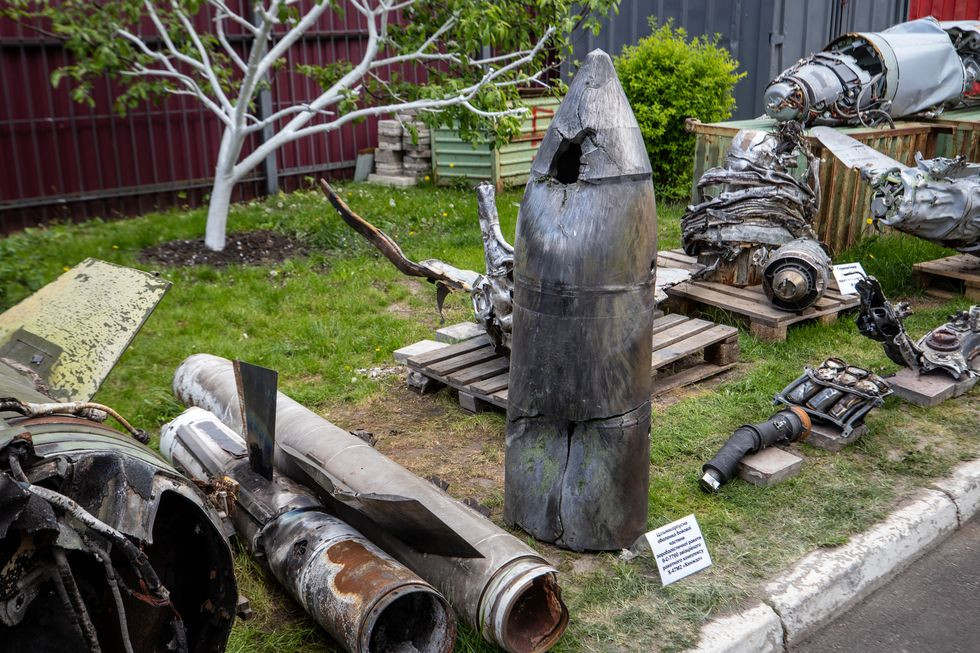
The falling of missile debris from the sky also raised questions about the success rate of Patriot missiles, as it did during the first Gulf War. Since then, many changes have been made to the advanced upgraded Patriot systems PAC-1 and PAC-2.
Both systems use near-missile technology to detonate incoming targets and destroy them via fragmentation blast or lethality enhancer.
Back during the first Gulf War, Patriot Advanced Capability-2 (PAC-2) systems deployed in Saudi Arabia claimed to have successfully intercepted seven missiles fired at the country from Houthi forces, but one man died after being hit by missile debris.
Video from the ground showed the PAC-2 missile veering off course in mid-air and it was unclear whether it was debris from a successful interception or a technical malfunction.
Although military experts have expressed doubts about the “exaggerated” claims about the Patriot’s success rate, the advantages that this surface-to-air missile defense system brings to Ukraine when confronting Russian missile strikes are undeniable.
(According to EurAsian Times)
Source


![[Photo] President Luong Cuong presents the 40-year Party membership badge to Chief of the Office of the President Le Khanh Hai](https://vphoto.vietnam.vn/thumb/1200x675/vietnam/resource/IMAGE/2025/5/19/a22bc55dd7bf4a2ab7e3958d32282c15)
![[Photo] General Secretary To Lam attends the conference to review 10 years of implementing Directive No. 05 of the Politburo and evaluate the results of implementing Regulation No. 09 of the Central Public Security Party Committee.](https://vphoto.vietnam.vn/thumb/1200x675/vietnam/resource/IMAGE/2025/5/19/2f44458c655a4403acd7929dbbfa5039)
![[Photo] Panorama of the Opening Ceremony of the 43rd Nhan Dan Newspaper National Table Tennis Championship](https://vphoto.vietnam.vn/thumb/1200x675/vietnam/resource/IMAGE/2025/5/19/5e22950340b941309280448198bcf1d9)
![[Photo] Close-up of Tang Long Bridge, Thu Duc City after repairing rutting](https://vphoto.vietnam.vn/thumb/1200x675/vietnam/resource/IMAGE/2025/5/19/086736d9d11f43198f5bd8d78df9bd41)






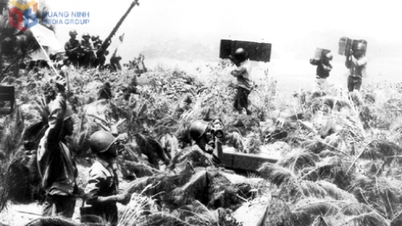













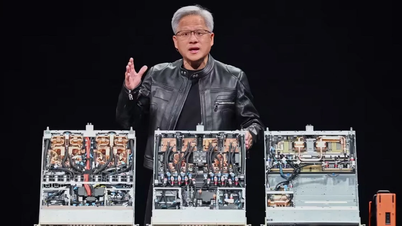





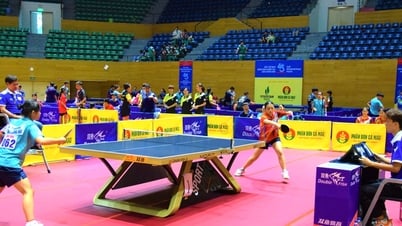
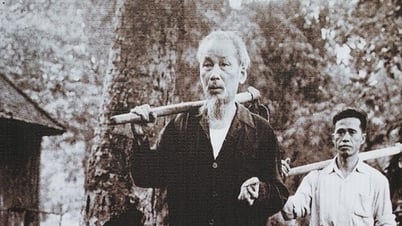

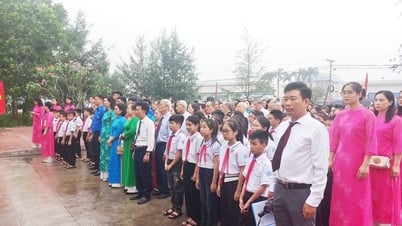


![[Photo] Prime Minister Pham Minh Chinh inspects the progress of the National Exhibition and Fair Center project](https://vphoto.vietnam.vn/thumb/1200x675/vietnam/resource/IMAGE/2025/5/19/35189ac8807140d897ad2b7d2583fbae)






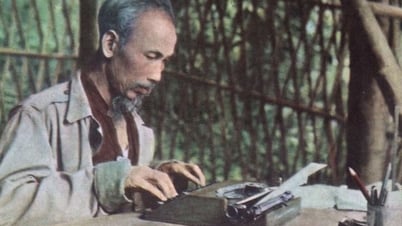








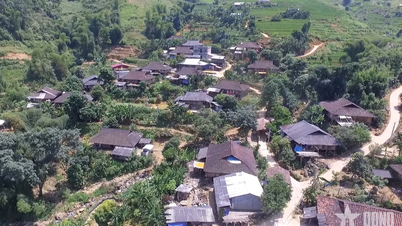



























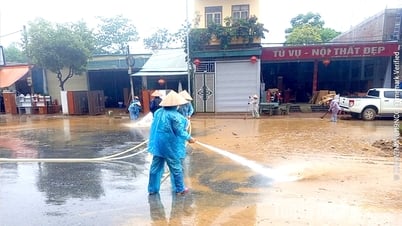

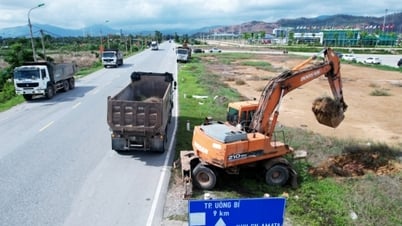

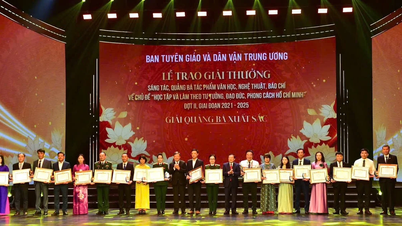







![[VIDEO] - Enhancing the value of Quang Nam OCOP products through trade connections](https://vphoto.vietnam.vn/thumb/402x226/vietnam/resource/IMAGE/2025/5/17/5be5b5fff1f14914986fad159097a677)



Comment (0)